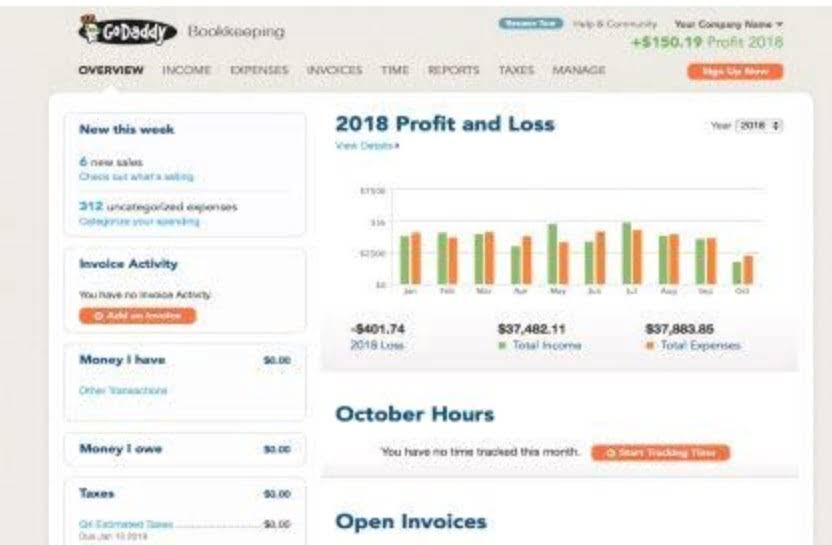
With the use of barcode scanners, businesses can quickly and accurately record inventory movements. Cleverence, a mobile workflow automation software, offers an integrated barcode scanner feature, making inventory tracking effortless and efficient. Inventory tracking, simply put, is the process of monitoring the flow of goods and materials within a business. It involves keeping tabs on the quantities of various items in stock, their locations, and their movements throughout the supply chain.
How To Manage Inventory in 7 Steps

Although the basics of inventory control come naturally to many businesses, accurately tracking and recording inventory costs can be a real challenge. Let’s look at some of the best practices when it comes to inventory accounting. It’s common for businesses to integrate accounting and inventory software systems so that accounting records are perpetually updated as stock movements happen. Data is entered automatically or manually into the inventory management system and synchronised with the accounting system. Efficient inventory management means you spend less time dealing with stock issues and more time growing your business. Simplifying your processes leads to increased productivity and reduced operational costs.
Inventory turnover
Some businesses still carry out their operations manually — with pen and paper or through spreadsheets on a computer. For such companies, the efforts to retrieve valuable information from manual processes are lengthy and sometimes impossible. The four main types of inventory management are just-in-time management (JIT), materials requirement planning (MRP), economic order quantity (EOQ), and days sales of inventory (DSI). Each method may work well for certain kinds of businesses and less so for others.
What is Asset Inventory Management? Processes, Best Practices, and Benefits Explained
A central system that automates your inventory tracking can help you avoid these problems. Inventory tracking software also provides you with real-time visibility into your stock levels. Inventory tracking refers to the activities and processes implemented to monitor the quantity, location, and status of all the products or materials a business sells or uses. Inventory tracking is an important element of inventory management because it helps you to optimise your supply chain, reduce costs, and increase revenue. Reorder points represent the inventory levels at which new orders should be placed.

- The integration allows robust data analysis and fosters a collaborative environment to update the inventory landscape.
- Even the smallest delays can be disruptive; if a key input does not arrive “just in time,” a bottleneck can result.
- With time, collecting data about your stock, inventory movements, and sales at different times in a year will gather enough information for your system to be able to predict your demand.
- Here we look at several key inventory tracking methods and inventory tracking systems, and explore a few inventory optimisation techniques you can use to improve your inventory tracking today.
- However, integrated inventory management systems such as Square POS, Lightspeed or Clover are very cost-effective and make handling small business inventory a snap from day one.
With access to historical data and trends, 3PL providers can assist businesses in demand forecasting and inventory planning. It is essential to choose a method that aligns with your specific eCommerce business model and objectives. Regularly review and fine-tune your inventory management practices staying efficient and competitive in the dynamic eCommerce landscape. Ensure that the inventory tracking method you choose can seamlessly integrate with other business systems, such as your eCommerce platform, accounting software, and customer relationship management (CRM) system. The best inventory tracking methods depend on the specific needs and nature of your business. It is a critical step in problem-solving, decision-making, and planning, as it provides a clear understanding of the current situation and helps determine the best course of action to meet those needs.
- When appropriate categorize items using ABC analysis (based on value or importance) and apply different tracking and control strategies accordingly.
- Economic order quantity (EOQ) is an inventory management technique that helps determine the optimal order quantity for a product that minimizes total inventory costs.
- Knowing the ACV can guide your inventory strategy, from storage to ordering policies.
- Try Shopify for free, and explore all the tools you need to start, run, and grow your business.
- Card systems have fallen out of use in favor of faster and more accurate methods that use modern technology.
Minimum Order Quantity (MOQ)

If stock falls below a certain level then the system you use alerts you to take an action. This way, you know exactly what the re-order points are so you can make timely arrangements to avoid overstocking or understocking. If inventory falls below a certain threshold, the system will trigger an alert, https://www.bookstime.com/ prompting you to order new inventory. The ultimate goal of inventory tracking is to reduce operational inefficiencies by identifying the exact location and levels of inventory. In case, an inventory item is falling below the set threshold, it helps identify that so a corrective action could be taken.

Inventory tracking is the process of monitoring and managing the movement of goods within a business, from the time they are received to the time they are sold or used. It involves keeping accurate records of stock levels, location, and movements to ensure efficient supply chain management. Start by implementing a robust inventory management system that automates tracking, updating stock levels, and generating reports. Employ barcode scanners or RFID (Radio Frequency Identification) tags to track inventory and minimize manual data input errors. If you sell a complex array of items, it makes inventory tracking more complicated. Many businesses rely on manual or outdated methods to track inventory which can lead to errors, inaccuracies, and inefficiencies.
- It can be very hard — and expensive — to scale your warehousing and inventory tracking.
- If possible (aligns with business model) and if available collaborate with suppliers to manage inventory levels directly or hold consignment stock at their locations.
- If you effectively manage your inventory, you create a more efficient supply chain that helps you better meet demand, reduce inventory costs and improve overall customer service.
- RFID tracking is especially beneficial for businesses with high-volume inventory needing real-time data.
- Creating an internal product SKU system is helpful for quickly identifying and tracking products during daily activities.
- If you continue to manually track inventory or complete inventory counts by hand, know that this practice inevitably eats up critical time and resources you could be devoting somewhere else.
Inventory tracking is the process of monitoring your stock—both how much you have and where it is—in order to increase efficiency and keep up with demand. Want to learn more about ShipBob’s fulfillment services and inventory inventory tracking methods tracking capabilities? Each time an order is placed on your online store, ShipBob’s software will automatically choose the fulfillment center closest to the end customer to draw inventory and ship the order.
- For instance, e-commerce businesses may need a method that integrates seamlessly with online stores, provides real-time updates, and supports efficient order fulfillment.
- In short, inventory accounting directly impacts how profitably your business operates.
- Long are the days where you need to record inventory numbers and transactions by hand.
- Inventory tracking software offers a much more realistic view than mobile apps and static methods like Excel spreadsheets or Google Forms.
- For instance, if you do not forecast properly for an upcoming holiday season, you may miss out on a huge sales opportunity.
- As your business grows, inventory tracking, like many inbound and outbound logistics activities, can start to take up more and more time.


Cevapla
Want to join the discussion?Feel free to contribute!